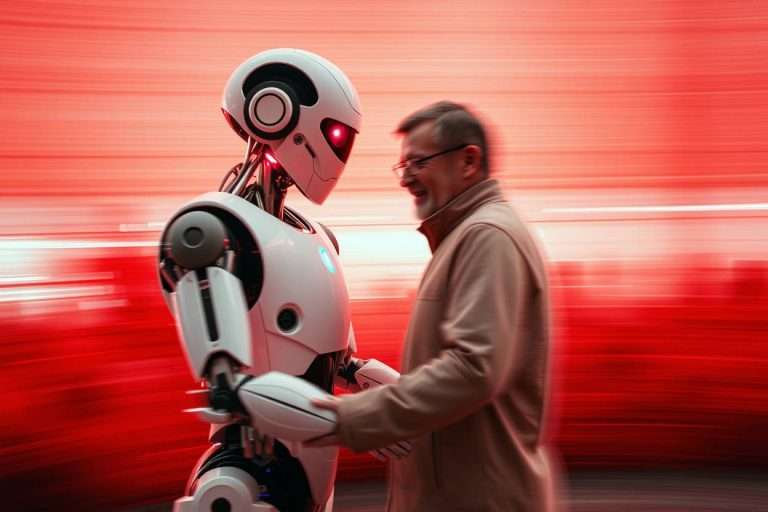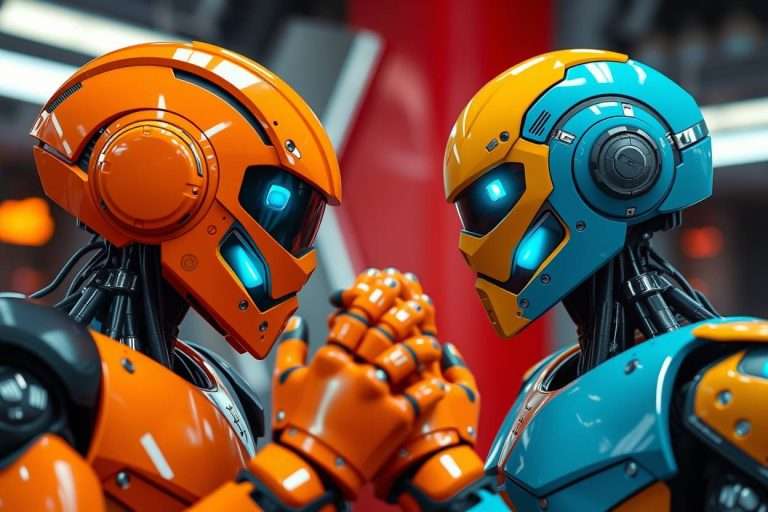Top 5 AI Image Detectors – Everything you need to know about AI image detection tech
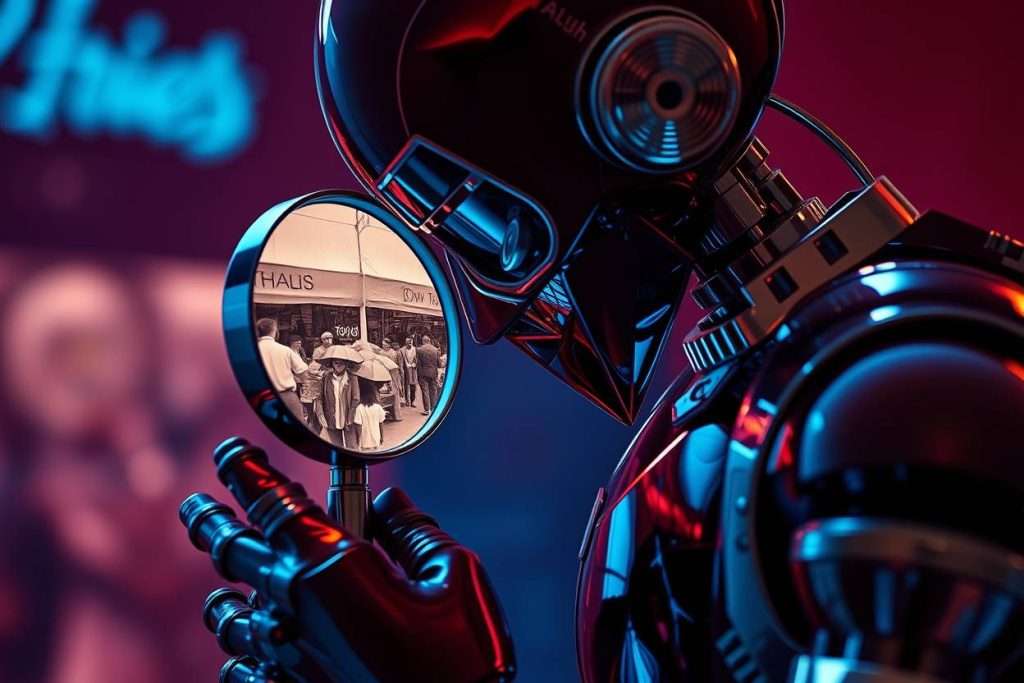
AI image generators are getting scary good. It’s becoming tricky to know what is real anymore in the online space. That’s where AI image detectors come into play. AI image detection software is powered by artificial intelligence, enabling it to analyze and distinguish between images created by humans and those artificially made. These detectors use cutting edge technology to improve detection accuracy, allowing users to spot deep fakes, fake IDs or potentially harmful content. This guide will walk you through how they function, why they matter to you and what they can and cannot do.
What Are AI Image Detectors?
AI image detectors are specialized tools that analyze images and determine whether they were artificial or human-made. They can identify images by the most popular image generators such as Flux, MidJourney, DALL-E, and Stable Diffusion.
They can expand to different type of visuals: photography, art or even videos. Unlike traditional image recognition systems that identify objects within images, these detectors focus on subtle patterns and anomalies indicative of AI creation, that are deeply ingrained at the pixel levels. Recent research from Originality.ai’s accuracy study shows that these technologies can achieve accuracy rates as high as 98.03% in some cases.
Top 5 AI-generated image detectors compared
1. AI or Not
Overview: AI or Not is a versatile Image detector capable of analyzing images, audio, and KYC documents to identify AI-created content.
Key Features:
- Detection of AI-generated images and audio.
- Verification of KYC identity documents.
- Supports standard image formats such as PNG, JPEG, and GIF for analysis.
- Mobile, web, and API access for seamless integration.
Pricing: Offers a free tier; additional features may require a subscription.
2. Undetectable AI
Overview: Undetectable AI provides tools to detect AI-made content, ensuring it remains undetectable by algorithms.
Key Features:
- AI image detection with detailed analysis and confidence scores.
- Compatibility with popular AI generators like MidJourney and DALL·E.
- Additional tools for AI watermark removal.
Pricing: Monthly subscription at $9.99 per user; business plans available upon contact.
3. WasItAI
Overview: WasItAI specializes in identifying AI-generated photos, offering both individual and enterprise solutions.
Key Features:
- Detection of AI-generated images through drag-and-drop or file upload.
- API access for automated processes.
- Support for high-resolution images up to 10,000×10,000 pixels.
Pricing:
- Basic Plan: $3.99/month for 100 requests.
- Custom Plan: Contact for pricing; includes unlimited usage and additional features.
4. Illuminarty
Overview: Illuminarty offers AI detection services for images and text, aiming to identify synthetic and tampered content.
Key Features:
- AI image and text classification.
- Web-based application with user-friendly interface.
- API access for automated detection.
Pricing:
- Free Plan: Basic AI detection functionalities.
- Basic Plan: $10/month.
- Pro Plan: $30/month with additional features.
5. Hive AI Detector
Overview: Hive AI Detector is a Chrome extension that enables users to detect AI-generated content directly within their browser.
Key Features:
- Detection of AI-generated images, videos, text, and audio.
- Prediction of the generative engine used for content creation.
- Multiple input methods: right-click, text box, or file upload.
Pricing: Free to use via the Chrome Web Store.
Top Ai image detection tools – comparison table
| Tool | Key Features | Pricing | Platform Access |
|---|---|---|---|
| AI or Not | Image, audio, and KYC document detection | Free tier; subscription for more | Web, Mobile, API |
| Undetectable AI | AI image detection, watermark removal, plagiarism check | $9.99/month per user | Web |
| WasItAI | High-resolution image detection, API access | $3.99/month (Basic); Custom plans | Web, API |
| Illuminarty | Image and text classification, API access | Free; $10/month (Basic); $30/month (Pro) | Web, API |
| Hive AI Detector | Browser-based detection for multiple content types | Free | Chrome Extension |
These tools offer a range of features and pricing options to cater to different user needs, from individual users seeking basic detection capabilities to enterprises requiring comprehensive analysis and integration.
When you check if image is AI generated online, think about your privacy. Try to understand what the website does with the pictures you upload. Good services will be clear about how they use your data. Leading AI image detection services prioritize data privacy by ensuring that uploaded images are not stored after processing, protecting your content and privacy.
Your privacy matters
Remember, a detector usually gives you its best guess. It’s often a percentage. Don’t take this as absolute proof. Think of it as one opinion to consider.
Understanding the results
- Do the lights, shadows, or reflections look strange or impossible?
- Zoom in on details. Do hands, eyes, or any words in the picture look odd?
- Does the picture feel a bit “off,” too smooth, or just not quite natural?
After uploading an image, users can easily view results to determine if the image is AI-generated or authentic.
How do AI Image Detection tools work?
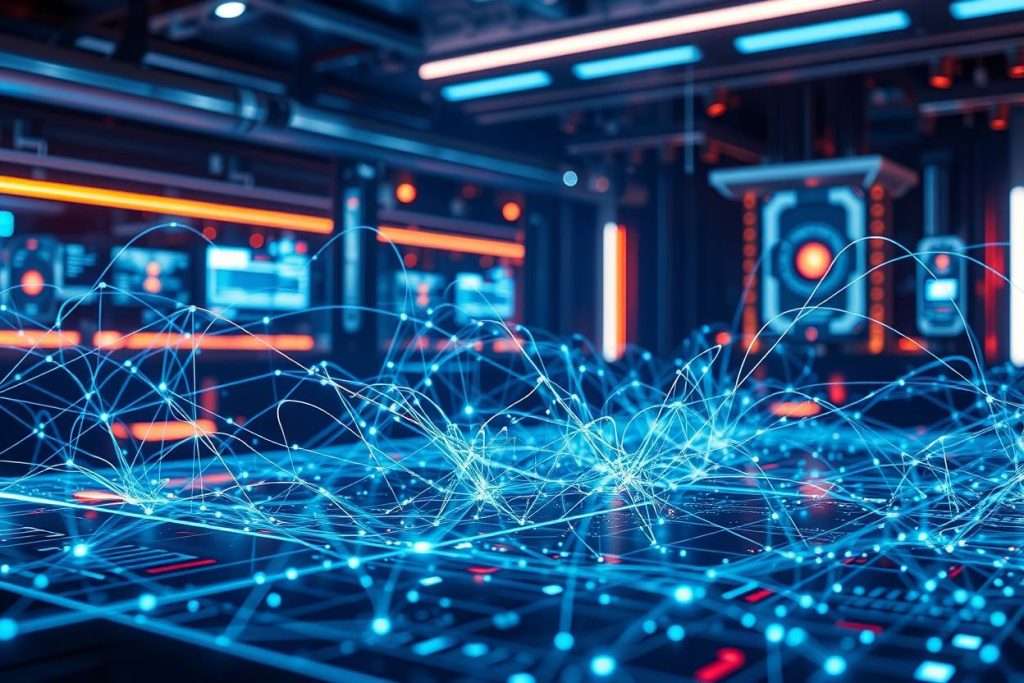
AI image detection tools are using advanced machine learning techniques, particularly leveraging deep learning architectures like Convolutional Neural Networks (CNNs) and Generative Adversarial Networks (GANs). These systems are trained to identify subtle artifacts and inconsistencies indicative of AI-generated images.
Training and learning mechanisms
The foundation of AI image detection is in supervised learning. Detectors are trained on extensive datasets comprising both authentic photographs and AI-generated images. Through this process, the models learn to distinguish between real and synthetic images by recognizing patterns and features unique to each category.
CNNs are particularly effective due to their ability to capture spatial hierarchies in images. They process visual data through multiple layers, extracting increasingly features, enabling the detection of minute discrepancies introduced during AI image generation.
Detection of AI-Generated content
AI-generated images often contain subtle anomalies that, while imperceptible to the human eye, can be detected by trained models:
- Pixel-Level Irregularities: AI algorithms may produce unnatural pixel arrangements or color distributions. Detectors analyze these patterns to identify inconsistencies.
- Anatomical Inaccuracies: Early AI models frequently struggled with rendering human anatomy accurately, usually with distorted limbs. While newer models have improved, detectors still monitor for such anomalies.
- Physical Inconsistencies: AI-generated images may exhibit unrealistic lighting, shadows, or reflections that defy physical laws. Detectors assess these elements to gauge authenticity.
Output Interpretation
Upon analyzing an image, detection tools typically provide a probability score indicating the likelihood of AI generation. Some advanced systems can also suggest the specific AI model responsible for the image, such as Midjourney or DALL·E.
Integration with other tools
Modern AI image detectors are designed with flexibility in mind, making it easy for users to enhance their existing workflows and content moderation strategies. This compatibility ensures that detection keeps pace with the latest advancements in ai generated content.
For businesses and developers, the availability of robust APIs means the AI image detector can be seamlessly embedded into other applications, such as social media management software, content moderation platforms, or custom data analysis tools. This integration allows for automated scanning and detection of ai generated visuals across large volumes of visual content, streamlining the process and improving overall efficiency.
Users can also combine the AI image detector with other AI-powered tools to achieve a more comprehensive analysis of images and media. For example, integrating with machine learning models or data analytics platforms can help identify trends in the prevalence of ai generated images, providing valuable insights for organizations focused on media authenticity and security.
Content management systems can benefit from automatic detection and flagging of suspicious images, helping to maintain the integrity of user-generated content. Whether you’re a developer building custom solutions or a business looking to scale your content moderation efforts, the AI image detector’s integration capabilities ensure you can detect, analyze, and manage ai generated images with greater accuracy and ease.
User Experience and Interface
AI Image Detectors that we reviewed are built with the user in mind, offering a streamlined and intuitive experience for anyone looking to detect ai generated images. With a simple drag-and-drop upload process, users can quickly submit images for analysis without any technical hurdles. The web-based platform and mobile app provide convenient access, allowing users to check image authenticity whether they’re at their desk or on the go.
Once an image is uploaded, the tool delivers a clear and concise summary of the detection results. Users receive a confidence score, along with a detailed analysis that highlights any features indicative of ai generated content.
Whether you’re verifying a single photo or scanning a batch of images, the tool’s user-friendly design ensures a smooth process from upload to analysis. With minimal learning curve and no technical expertise required, anyone can confidently detect ai generated images and protect themselves from misleading or fraudulent visuals.
Why detecting AI-generated images is getting harder
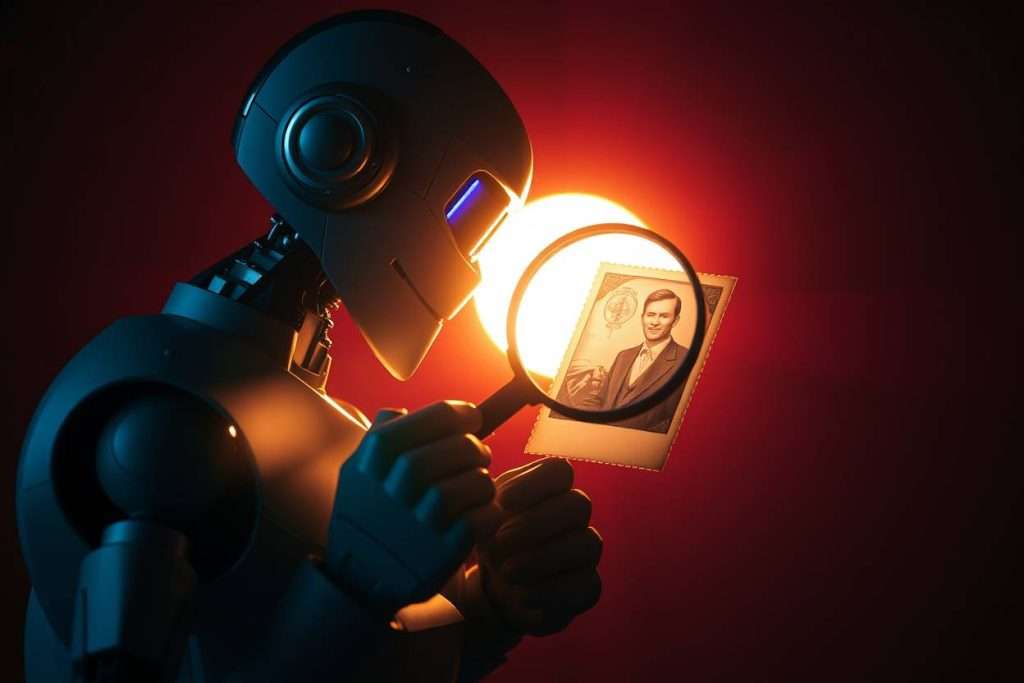
AI image detectors are trying to catch-up. The programs that generate AI images get better exponentially, enhanced with hyper realism add-ons (e.g. for fixing the skin textures). They create pictures that look more and more real. As a result, it is becoming increasingly difficult to distinguish fake photos from authentic ones. This makes the job of any AI image detection tool incredibly challenging.
No Detector is Perfect
You should know that no AI detector image system gets it right every single time and they have varying accuracy rates. Here are some common pitfalls:
- Mistaken Identity (False Positives): Sometimes, real photos gets flagged as AI. This might happen if the photo has been heavily edited. Very unusual artistic styles can also confuse a detector. This can be frustrating if your real photo is wrongly accused.
- The One That Got Away (False Negatives): An AI-made image might fool the detector. It slips through as “real.” It means a fake picture could be believed by many.
AI Keeps Learning
The rapid advancement of AI-generated imagery requires detection tools evolve correspondingly. As new generative models emerge, detectors must be retrained with updated datasets to maintain efficacy.
According to AI expert Siwei Lyu from the University of Buffalo, quoted in Columbia Journalism Review, “AI technology advances very fast. And the detectors become out of date if they haven’t seen new data types in their training dataset.”
Why is AI Image Detection important?
Being able to detect AI images has a big impact on your online experience. It affects how you get information and interact with others.
AI-generated images can be used to create fake photo evidence, which can have serious consequences in legal and insurance contexts.
Fighting Fake News and deepfake images
False images can twist stories by disseminating false information, particularly in political contexts. Detection tools assist news organizations and social media platforms in verifying image sources, thereby reducing the spread of disinformation.
Legal and Insurance Verification
In legal proceedings, the authenticity of photographic evidence is paramount. Similarly, insurance companies utilize AI image detectors to validate claims, ensuring that submitted images have not been artificially manipulated.
E-commerce and Identity Protection
Online marketplaces and social platforms employ AI image detection to identify fraudulent listings and fake profiles, protecting consumers from scams and identity theft.
Case Studies and Success Stories
The impact of AI image detectors is already being felt across a range of industries and use cases. Media outlets have leveraged these tools to detect fake news stories, often with mixed results. Social media platforms have used AI image detectors to identify and remove visuals that could harm users, safeguarding their communities from deceptive or malicious content.
On an individual level, users have shared stories of how the AI image detector helped them identify deepfake images being used to impersonate them online, allowing them to take action before any harm was done. Even leading AI art generators have integrated digital watermarks to improve their own platforms, ensuring that ai generated images are not misused. Whether for media, business, or personal protection, the AI image detector is proving to be an essential tool in the fight against digital deception.
Best Practices for Using AI Detectors
To get the most out of your AI image detector, it’s important to follow a few best practices. Always verify the authenticity of images before sharing them online—this simple step can help prevent the spread of misinformation and fake news. While AI image detection tools are powerful, they should be used alongside other fact-checking methods to ensure the highest level of accuracy.
Be aware of the limitations of any image detector. No tool is perfect, and false positives or negatives can occur, especially as ai generated images become more sophisticated.
If you encounter any issues—such as a real image being flagged as fake, or vice versa—report these to the tool’s developers. Your feedback helps improve the accuracy and reliability of the tools algorithm for everyone. Incorporate the AI image detector into your broader content moderation strategy, especially if you manage a platform or community where image authenticity is critical.
Finally, always use the AI image detector in accordance with its terms of service and privacy policy, ensuring your data and the data of others remain secure and protected.
Beyond Detection: Building a More Trustworthy Digital World
Detectors are helpful, but they’re not the only way to tackle this. Other ideas are also being developed.
Digital “Watermarks”
Some AI programs can now put a hidden, invisible mark on the pictures they create. This mark says, “AI made this.” According to Imagga’s analysis of future trends, moderation will become more challenging as AI video generation and deep fake technology evolve.
Knowing a Picture’s History (Content Provenance)
Groups like C2PA (which includes companies like Adobe and Microsoft) are working on this. The idea is to create a secure record for pictures. This record would show where the picture came from and if it was manipulated along the way. This could be a very reliable way to check the origins of media.
Thinking for Yourself (Media Literacy)
In the end, being a smart online user is your best defense. Learn to question the pictures you see and the information you read.
As Donnell Probst from the National Association for Media Literacy Education told Columbia Journalism Review, the focus should be on “creating human-computer partnerships” rather than relying solely on technology. Digital Literacy in education should be one of our top priorities in an increasingly challenging online world.
What’s Coming Next for AI Image Detection?
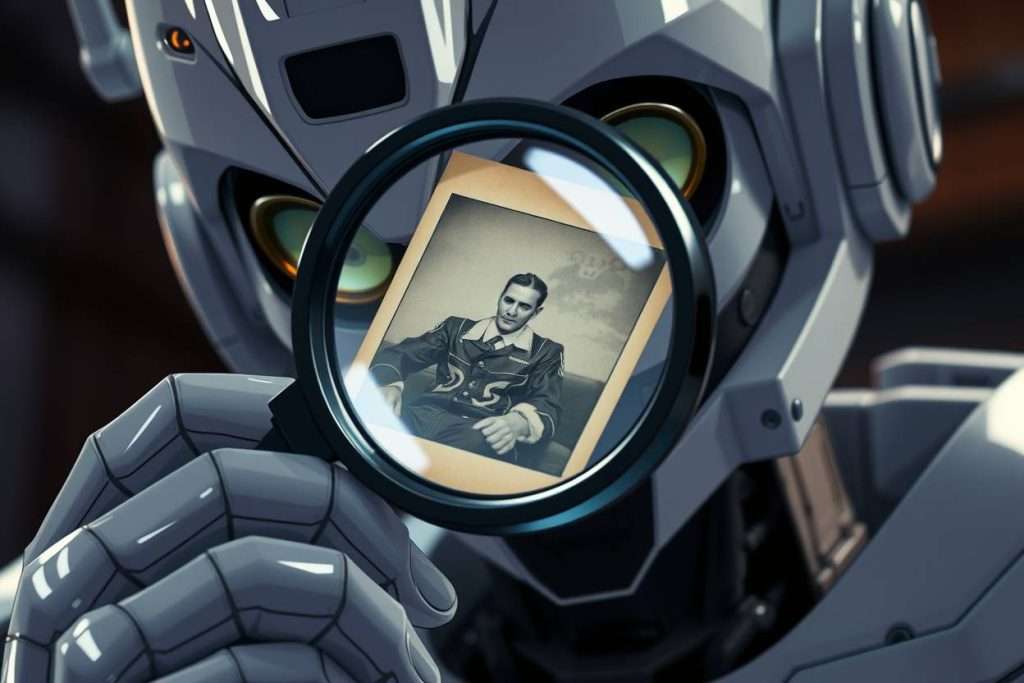
The ability to detect AI Art and deepfakes images will keep getting better. According to research projections, the AI image detection market is valued at $46.7 billion in 2024 and projected to grow to $98.6 billion by 2029. Where there is money to be made, that’s where fast progress is taking place.
Better tech: Expect AI photo detection to become more advanced. AI Image detectors will get better at recognizing new types of artificially made media.
Built-in Checks: More websites and apps might start using these detectors automatically. Social media could warn you if a picture seems to be AI-made and implement AI-labels directly into the platforms.
Rules and Guidelines: People are talking more about whether AI-made pictures should always be labeled. There will likely be more discussion about rules for making and detecting AI content.
The effort for AI pictures detection involves researchers, tech companies, and even you, the user. The aim is to make the online world a bit more trustworthy. We all want to have confidence in what we see. AI detection is one part of making that happen.



